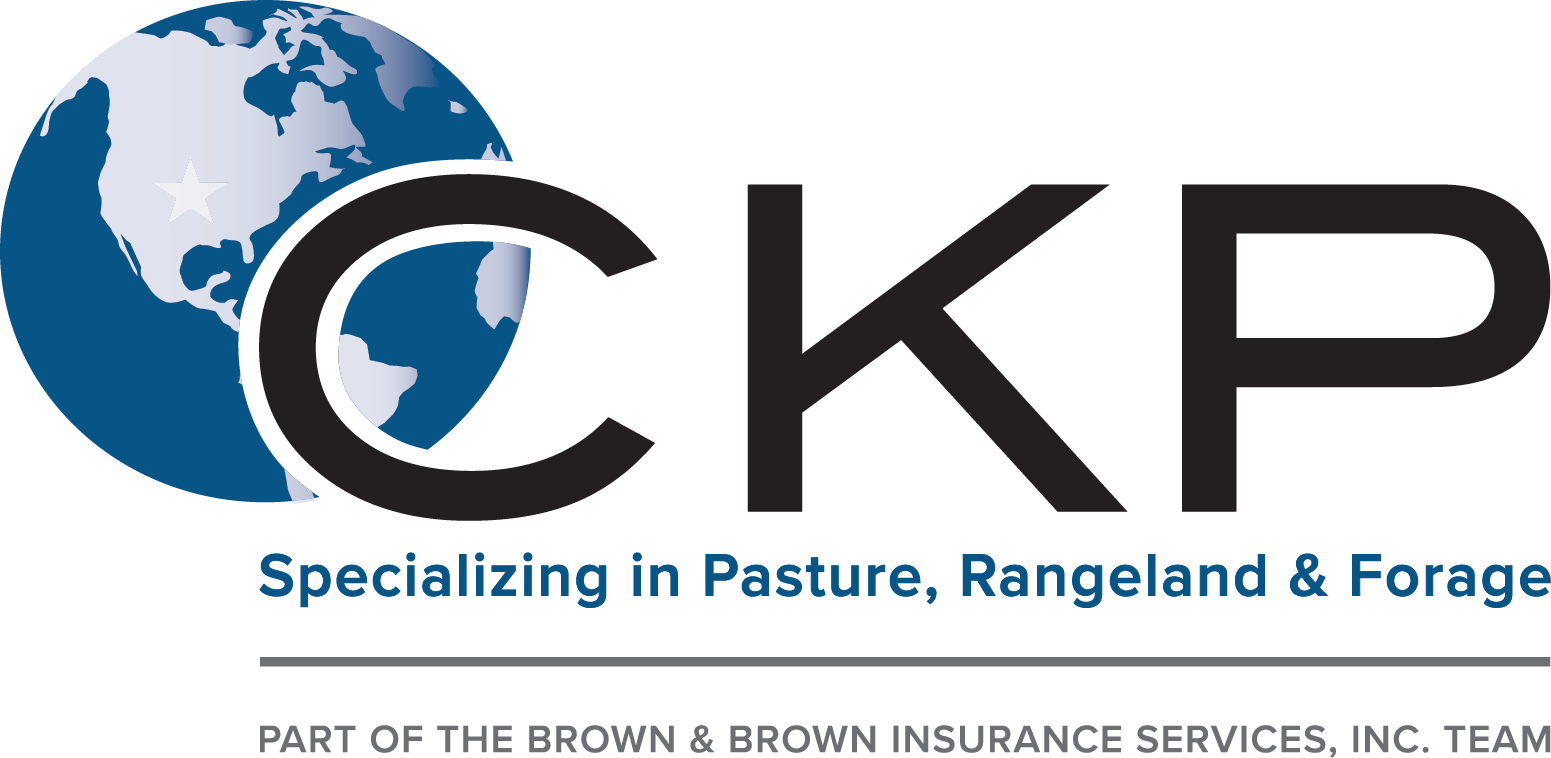The Bagley Risk Management Statements
The Bagley Risk Management Statements
Blog Article
Expert Guidance on Danger Analysis and LRP Insurance Coverage Solutions

The Value of Danger Analysis
Reliable risk evaluation is fundamental in the decision-making procedure of any organization, assisting tactical planning and source allotment. By systematically recognizing, reviewing, and prioritizing prospective threats, organizations can prepare for difficulties, profit from opportunities, and make notified options to achieve their objectives. Threat evaluation enables companies to proactively address vulnerabilities, mitigate threats, and maximize their risk administration approaches.
One of the crucial advantages of danger evaluation is its function in boosting operational efficiency. By recognizing the potential risks that could impact different facets of business, companies can enhance procedures, assign resources better, and reduce the probability of expensive disturbances. Danger evaluation enables firms to abide with governing needs, secure their track record, and construct trust fund with stakeholders.
Comprehending Possible Losses
To understand the influence of threat evaluation, it is vital to comprehend the potential losses that might significantly influence an organization's procedures and financial stability. Prospective losses can emerge from various sources, including natural catastrophes, economic downturns, operational failings, regulative adjustments, and cybersecurity breaches. These losses can cause direct costs such as property damages, legal costs, and fines, as well as indirect prices like reputational damages and loss of market share.
Recognizing possible losses involves carrying out a thorough analysis of the threats that can emerge and approximating the economic influence they may carry the company. By measuring these potential losses, businesses can focus on danger reduction initiatives and designate resources effectively. Additionally, a comprehensive understanding of prospective losses enables organizations to make enlightened choices when selecting risk monitoring strategies, such as acquiring insurance protection or carrying out danger control steps. Bagley Risk Management.
Basically, by acknowledging and comprehending prospective losses, organizations can proactively manage risks and secure their long-term sustainability and success.
Function of LRP Insurance Solutions
The combination of LRP insurance options within a company's danger administration structure boosts resilience and strengthens monetary security versus unexpected difficulties. LRP, or Loss Recovery Item, insurance policy solutions play a critical duty in minimizing the impact of prospective losses by giving monetary security and support in times of dilemma. These insurance options are tailored to satisfy the specific needs of businesses, providing coverage for numerous risks such as residential property damage, service disturbance, obligation claims, and more.
By moving the monetary threat to an insurance service provider, companies can concentrate on their core operations with better peace of mind, recognizing that they are secured versus significant monetary losses. In addition, LRP insurance services can improve an organization's threat monitoring strategy by supplementing existing risk reduction measures and making certain extensive defense throughout all areas of potential vulnerability.
Identifying Key Threats
In the procedure of risk evaluation, an essential action includes identifying vital risks that have the prospective to impact an organization's procedures and monetary security. Recognizing key dangers requires a detailed assessment of interior and external elements that can pose risks to the company's purposes. Interior risks might include functional ineffectiveness, compliance concerns, or personnel challenges, while external risks can incorporate financial downturns, governing adjustments, or natural catastrophes.

Moreover, crucial dangers ought to read more be frequently evaluated and updated to align with the dynamic business atmosphere. This proactive technique makes it possible for companies to remain ahead of potential threats and protect their lasting success.
Choosing the Right Protection
Having actually determined view website the vital threats that could affect a company's operations and financial security, the next important step involves thoroughly selecting the appropriate protection to successfully manage and mitigate these dangers. Companies need to consider their details threat direct exposure, monetary capacities, and strategic objectives when it comes to picking the best insurance coverage. It is necessary to perform a thorough analysis of the available insurance choices to ensure that the selected insurance coverage straightens with the organization's risk management objectives.

Organizations must work very closely with seasoned insurance specialists to analyze their threat accounts and identify the most appropriate insurance policy products to address their needs. Customizing insurance policy protection to specific dangers can assist maximize security while lessening unnecessary prices. Additionally, organizations must evaluate plan terms and problems carefully to comprehend the extent of insurance coverage supplied and any kind of prospective exclusions that might influence their threat reduction methods.
Conclusion
Finally, risk evaluation is essential in recognizing potential losses and choosing the appropriate LRP insurance policy services. By comprehending essential dangers, organizations can reduce monetary effects and shield their properties. It is vital to thoroughly examine and analyze risks to make certain proper protection remains in area. Specialist assistance can aid navigate the intricacies of threat analysis and insurance policy solutions, offering services with the necessary tools to successfully take care of and alleviate risks.
Professional assistance plays an essential function in this process, supplying valuable insights into recognizing and evaluating dangers, as well as strategically choosing suitable insurance coverage customized to alleviate those threats properly. great site A detailed understanding of prospective losses makes it possible for organizations to make informed decisions when picking risk administration strategies, such as acquiring insurance coverage or executing danger control measures.

Report this page